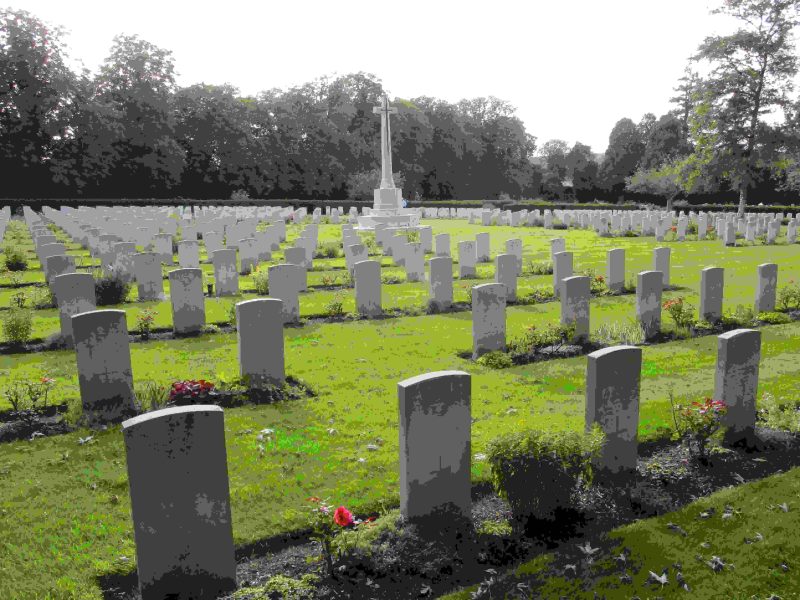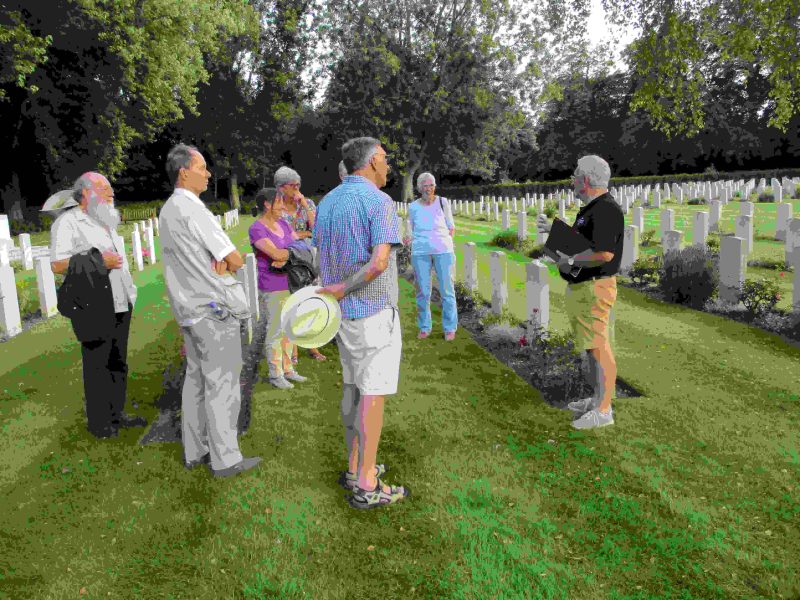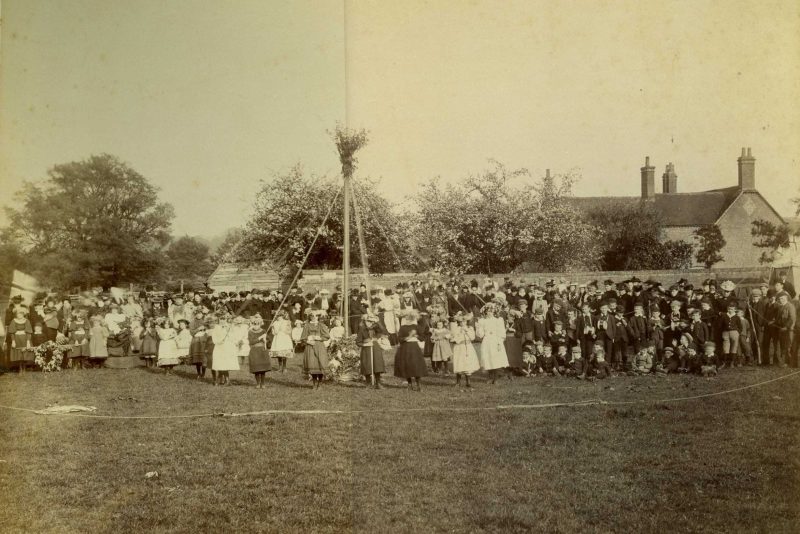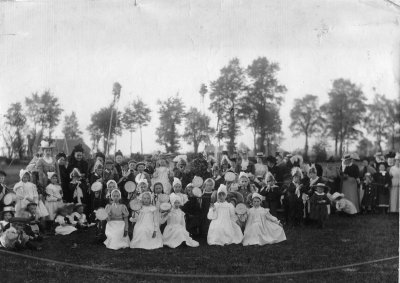The good old days: village bakery and tea shop, wild swimming, few cars, no overflowing sewer …
On 13 September Radley History Club members were delighted to resume live meetings in the church. After a swift AGM, Scilla Dudding introduced, and David Findlay presented, highlights from one of the Club’s treasures: 28 interviews, conducted mainly by Tony Rogerson, in which Radley residents relate their memories, particularly of the 1930s and 1940s.
Thanks to much work by the Club’s oral history group, these recordings are now accessible in our Archive. Crucially, the group has prepared a catalogue indicating the main topics covered in each interview. This makes it possible to research a particular topic, and the recurring themes.
Several interviewees describe life before the arrival of mains services: well-water including frog-spawn; cesspits; and being told, when mains water did arrive, not to drink another drop from the well that had supplied the family for years. The first telephone was in the then Post Office (now 25 Lower Radley). Alternatively, you could go to the station and ask the signalman to phone an urgent message.
Many residents recalled swimming in the Thames. A ‘great big punt’ had provided a ferry service to Nuneham. Jean Deller’s uncle swam across, somehow keeping dry the uniform he would then use to wait at dinner in Nuneham House.
The house now known as Baker’s Close was the centre of the village, as a shop selling provisions and providing teas. There was also a bakery in Thrupp Lane. There were regular deliveries of coal, paraffin, milk and bread.
Until the mid-1930s, the only buildings near the station were the Bowyer Arms, the station master’s house, and the pair of large villas in what was later renamed Foxborough Road, and then lined with bungalows. One of these, opposite the Bowyer Arms, included a grocery and provisions shop.
As children, residents recalled playing in the quiet streets, almost free of cars, and lined with elms; having relatives living nearby; 3 classes in 2 rooms at the village school; its crude toilets; the punishment of walking round the school playing field in bare feet; and cycling to secondary school in Abingdon.
Many interviewees describe the station in its heyday, with trains to Abingdon. One heard Italian prisoners of war singing while working in the hut in the goods yard. The buses also took parcels, and would hoot to tell you they were waiting for you at your stop.
David Findlay illustrated his talk with fascinating photographs from the Club’s archive, and old large-scale maps (which are available online from the National Library of Scotland). 1930s Radley had been a happy place to live in, where you could leave your doors and windows open, and there were beautiful meadows down by the river.



